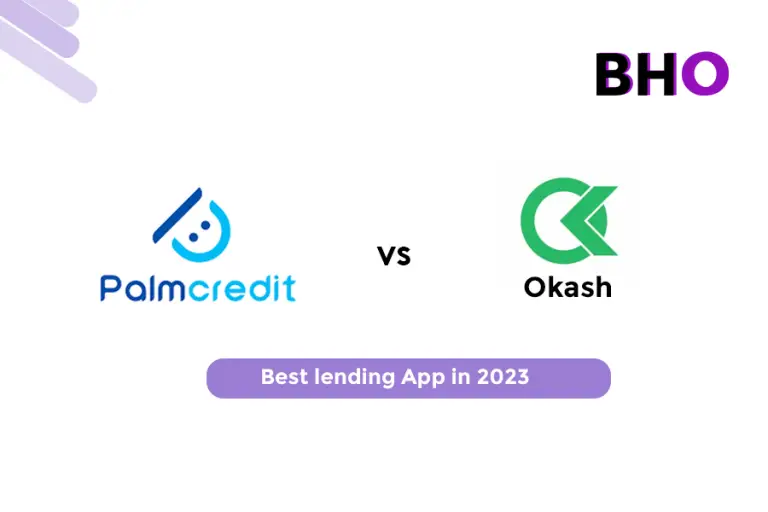How to Calculate Burn Rate
Burn Rate is an important metric for startups especially venture-funded startups.
In this post we will take a cursory look at how to calculate Burn rate, why it matters for your business and how to ensure you live on the positive side of the effecty of burn rate.
Table of Contents
What is Burn Rate?
Burn rate is the measure of how fast a business is utilizing available capital.
Burn rate for any given month is the start of month balance minus the end of month balance.
Burn rate helps startups understand the way they are spending money and help keep spikes in negative cash flow in check. This in turn helps the startup stay in business long enough to become profitable. It also helps further in making better decisions even after profitability has been reached.
How to Calculate Burn Rate
The calculation for Burn Rate is very straightforward.
The formula below gives the burn rate of a startup in amount burned per month or amount spent per month.

Now to the Formula!
Burn Rate = (Starting Balance – Ending balance ) / Number of Months
One may like to think more of the money as being spent rather than burned, after all, you should be spending your available startup capital on the most profitable of things.
Check out this Burn Rate Calculator by Scale Factor
Typical Burn Rate Calculation
If at the beginning of September the cash balance for your company is $600,000 and at the end of November you had $230,000 in the bank.
Starting balance = $600,000
Ending Balance = $230,000
Number of Months = 3
Recall,
Bun Rate = (Starting Balance – Ending balance ) / Number of Months
Burn Rate = $(600,000 -240,000)/3
Burn rate = 360,000/3 = $120,000/month
This burn rate represents the amount spent by that startup in a month.
Averaging Burn Rate
In order to get a burn rate close to the exact amount, the average burn rate over longer periods of months is considered
Due to the importance of burn rate to the success of your company, it is necessary to get a value that is as close as possible to the actual figure. this is to ensure there are no errors and the proper financial decision are made for the good of the company.
The average burn rate can be further optimized by considering months where variable such as number of staff are fairly constant.
| Months | Cash Balance | Revenue |
| 1 | $600,000 | $0 |
| 2 | $450,000 | $10,000 |
| 3 | $395,000 | $15,000 |
| 4 | $310,000 | $25,000 |
Scenario 1
If month 1 was considered in Isolation
Burn Rate = $(600 – 450)/1
= $150,000/Month
This has provided a false value of burn rate -probably inflated by a capital expenditure in the month.
This capital expense does not reflect the true spending average of the company
Scenario 2:
Consider month 2-3 in Isolation
Burn Rate = $(450- 350)/1
= $55,000/Month
This is another false value of burn rate -probably reduced by a capital expenditure in the month.
This capital expense does not reflect the true spending average of the company
Scenario 3:
Burn Rate = $(600- 310)/4
= $72,500/Month
This value calculated over four months will represent a value close enough to the actual value and can form the basis for real decisions.
We will be using this as the burn rate for this startup in subsequent calculations
Gross Burn
Gross burn is how much your startup spends on day to day operations alone. Day to day operations such as Subscriptions, salaries, rent, taxes etc. This is valuable when your startup is yet to generate positive cash flow.
If the BHO startup we considered above, for example, is spending $40,000 per month on salaries, rent, and utilities, the gross burn rate would be $40,000 per month.
Net Burn
Net burn rate should not be confused with gross burn rate
Net burn rate is simply the difference between operating expense and revenue. It is the amount of money a company is losing per month as the deplete their cash reserves.
Net Burn rate takes revenue into account (if your business has generated any), but it still only looks at a single month.
To calculate Net Burn Rate,
Net Burn Rate = (Operating Expenses – Gross Margin)
Gross Margin = Revenue – Production cost
This will leave you with how much money was lost that month.
Our Example above
For month 3
Revenue = $15,000
Typical Operating expense = $72,500
Net Burn Rate = $72,500 – $15,000
Net Burn Rate = $50,000
Net Burn rate can also be calculated as Starting Month Balance minus End of Month Balance
Interpreting Burn Rate
Investors and founders use burn rate to determine company’s runway – how long till they rum out of cash.
Even though, there is no set-in.stone exact range of figures that must define your burn rate, Businesses must be careful to keep the burn rate in close comparison to their cash balance. This will help the business stay afloat.
Balancing burn rate, revenue and cash balance will help determine how soon the startup must raise money to augment its cash balance, pivot early to do what will bring in profit to augment revenue or grow aggressively in order to qualify for the next round of funding.
Related: Business Lessons from Nature: Delaying Gratification
Tech Startups or Typical High growth Startup
Tech Startups are typical High growth startups and take considerably long time before they become profitable and most times are full venture.backed startups. This venture investments fuel their growth in the years until they become profitable.
These startups go through several rounds of funding from series A up until series F in some cases with each successful round raising more capital than the previous one.
During these rounds, burn rate can help investors make business decisions. A startup with low burn rate may be termed as afraid of taking on the risk of finding new ways of making growth happen while a startup with very high burn rate might mean the founders are wasteful and probably spending money on irrelevancies.
There is no hard and fast rule or an exact figure that can be termed as optimum burn rate for any type of startup.
Burn rate must be considered in relativity to other metrics and the dynamics of particular businesses(such as business model, etc) in order to arrive at a value that works for the startup.
How to Decrease burn rate without hurting your Business
Decreasing burn rate can be beneficial to startups, especially when they can be achieved without disproportionately sacrificing profitability and growth.
Below are highlighted ways to decrease burn rate without sacrificing profitability or growth.
Delay Gratification
The principle of delayed gratification can be applied to keep burn rate in check as the business finds its path to profitability and exponential growth.
Increase Productivity
Increasing productivity speaks to using the same input resources to generate more profits.
For a poduction based startup, it might involve recycling a particulas raw material such that the most is gotten from the same raw material as opposed to when its not recycled.
This reduces the cost to profit ratin and effectively reduces the gross margin which inturn reduces burn rate
Reduce Inefficiencies
For startups, reducing inefficiencies might be a simple as evaluating your ofice space, if you are not using all the offices, then you just might be payig for an inefficiency. Marketing might also prove as a point of inefficiency
Related: The KPI way to Innovation
Using Burn Rate to determine Cash Runway.
Burn rate is key in determining cash runway.
Run way is simply the how long your startup can continue to operate without requiring outside capital, or before you run out of cash reserves.
Cash Runway = Cash Balance / Burn Rate
Example
For the company we considered earlier,
Using Burn rate in Scenario 3
Burn Rate = $72500/month
Cash Balance = $600,000
Cash Runway = $600,000/$72,500 = 8.28
Approximately 8 months of runway.
With each round of funding, startups should look to typically have about 8 months of runway, this gives the startup ample time to reach targets within 12-15 months and leave about three months to meet investors and raise money for the next series of funding – if need be.
Burn rate and cash runway are almost inseparable and are very useful to startups. When evaluated together, these metrics give startups a clear understanding of how to go about their business to ensure they stay in business until profitability.
The Burn Rate Advantage
Understanding burn rate in conjunction with other metrics that define he health of your startup can produce stellar results and help you make better timely data driven decisions that will help your business to success.






